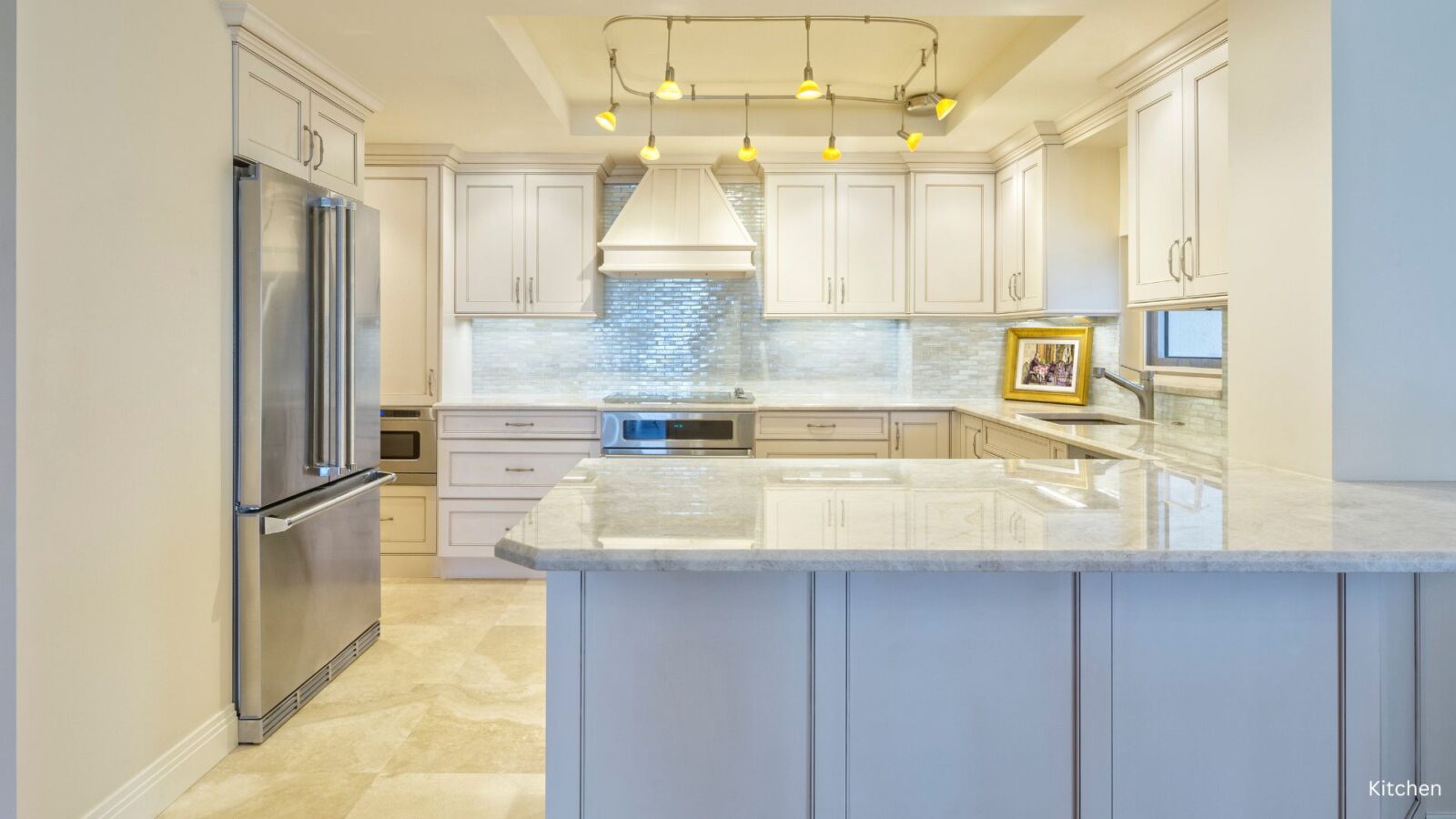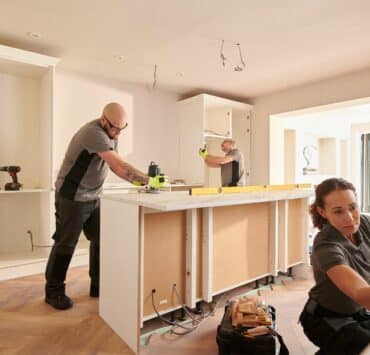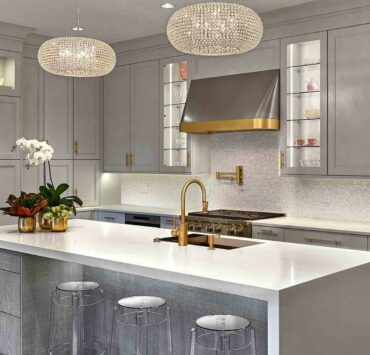When considering how often to remodel a kitchen, there isn’t a strict rule to follow. However, most experts recommend remodeling your kitchen every 10-15 years, depending on factors such as wear and tear, design trends, and functionality. Kitchens are high-traffic areas, and as appliances, cabinetry, and surfaces age, they may start showing signs that a remodel is necessary. This guide covers key reasons for kitchen remodeling, factors influencing how often it should be done, and tips for timing your project.

How Often to Remodel a Kitchen
Signs It’s Time to Remodel Your Kitchen
Outdated Design and Appliances
If your kitchen is no longer functional or stylish, it may be time for an update. Kitchens from 10+ years ago often lack modern conveniences, such as energy-efficient appliances or open layouts. Remodeling can modernize both appearance and functionality, making daily use more enjoyable.
Visible Wear and Tear
Countertops, cabinets, and flooring are subject to daily use, and over time, they can start to show significant wear. Damaged or deteriorated surfaces not only affect the look of your kitchen but also its safety and hygiene.
Changing Needs
As your household grows or your lifestyle evolves, your kitchen may no longer meet your needs. Whether you need more storage, counter space, or an updated layout to accommodate a growing family or frequent entertaining, a remodel can ensure your kitchen keeps pace with your life.
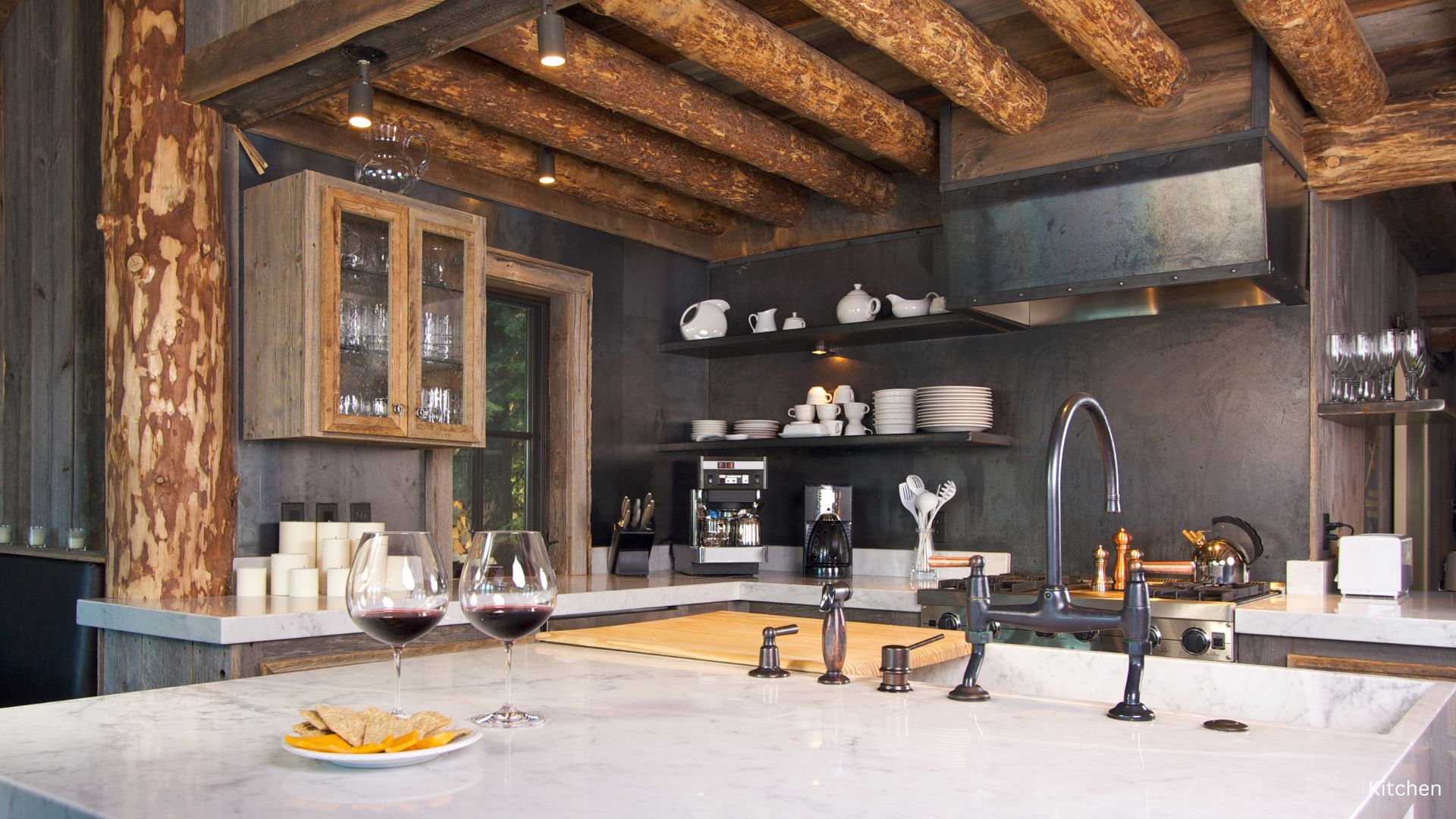
Factors That Determine How Often You Should Remodel
Budget Considerations
Financial readiness is crucial. Full kitchen remodels are expensive, and homeowners should be prepared to invest anywhere from $15,000 to $50,000 depending on the scope of the project. For budget-conscious homeowners, minor upgrades like replacing countertops or repainting cabinets can refresh the space without a complete overhaul.
Home Value and ROI
Remodeling your kitchen can increase your home’s resale value. A mid-range remodel can recoup 60-80% of its cost at resale, making it a worthwhile investment if you plan to sell within the next few years. However, if you plan to stay in your home for the long term, remodeling for personal enjoyment is equally valuable.
Functional Layout Issues
If the current layout no longer works efficiently for your cooking or socializing needs, it may be time for a remodel. Kitchens designed 10-15 years ago may have inefficient work triangles or inadequate storage.
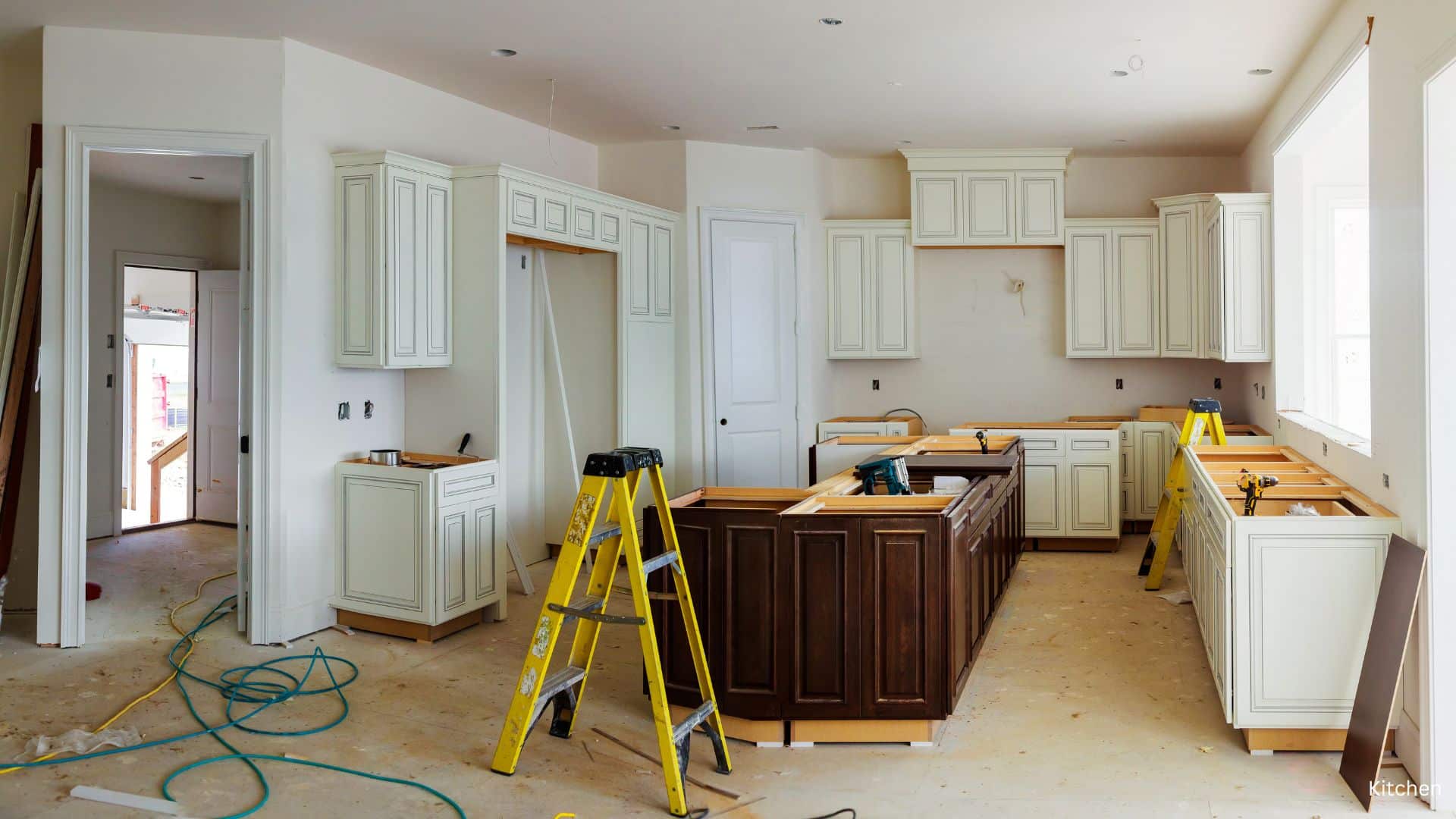
How to Plan Your Kitchen Remodel
Before diving into a remodel, it’s essential to plan carefully:
Assess Your Needs
Do you need more counter space? Better storage? Modern appliances? Knowing what your kitchen lacks will help you prioritize changes.
Set a Realistic Budget
On average, set aside 10-20% of your remodeling budget for unexpected costs, as issues may arise during construction.
Choose the Right Contractor
Hiring a reputable contractor ensures that your remodel is completed on time and within budget. It also ensures the work is up to code, particularly for electrical and plumbing changes.
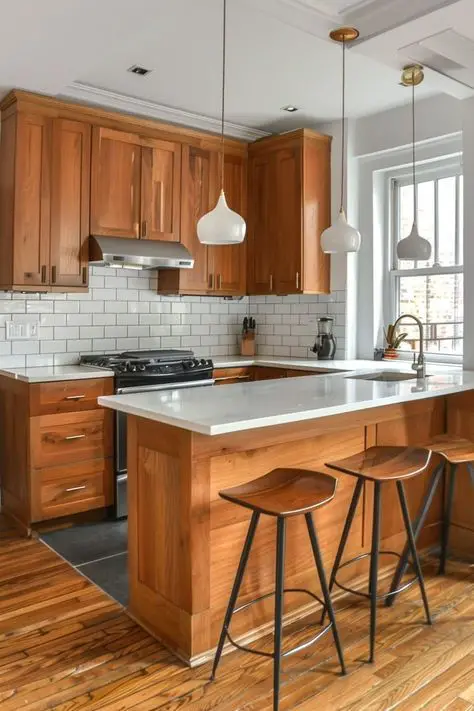
Budgeting for a Kitchen Remodel
A kitchen remodel is a significant financial investment, and careful planning is essential to avoid overspending. When budgeting for how often to remodel a kitchen, consider the following breakdown:
Project Scope and Priorities
Decide early on what the main priorities are—new cabinets, appliances, or structural changes. The overall scope will determine whether you’re doing a minor upgrade or a full-scale renovation. A minor remodel can cost as little as $15,000, while a high-end remodel might reach $50,000 or more.
Material and Labor Costs
Typically, materials such as cabinetry, countertops, and appliances account for around 60-70% of the total cost, while labor makes up the rest. Custom cabinetry and high-end countertops like granite or quartz will increase the cost, while more budget-friendly options like laminate or stock cabinets can help you save.
Plan for Contingencies
Always allocate 10-20% of your budget for unexpected expenses. These can include structural issues discovered during demolition, delays in product deliveries, or unforeseen electrical or plumbing problems.
Financing Options
Consider various financing options if you don’t have sufficient savings. Home equity loans, lines of credit (HELOC), and personal loans are common methods homeowners use to fund remodels. Some homeowners also use credit cards with 0% introductory rates for smaller projects.
Maintaining Your Kitchen After a Remodel
Once your kitchen is remodeled, proper maintenance will extend its life and keep it looking new for years to come:
Regular Cleaning
Clean countertops daily, especially those made from materials like granite and quartz, to prevent staining. Use mild cleaners to avoid damaging surfaces.
Cabinet Care
Wipe down cabinets regularly to avoid grease buildup. For wood cabinets, occasionally polish them with furniture polish to maintain their finish.
Appliance Maintenance
Keep your appliances running efficiently by cleaning them regularly and scheduling maintenance as per the manufacturer’s recommendations. For example, clean the refrigerator coils annually and run a cleaning cycle through your dishwasher every month.
Check for Wear and Tear
Inspect your kitchen for early signs of wear and tear. Repair small issues, such as loose cabinet hinges or chipped tiles, before they become bigger problems.
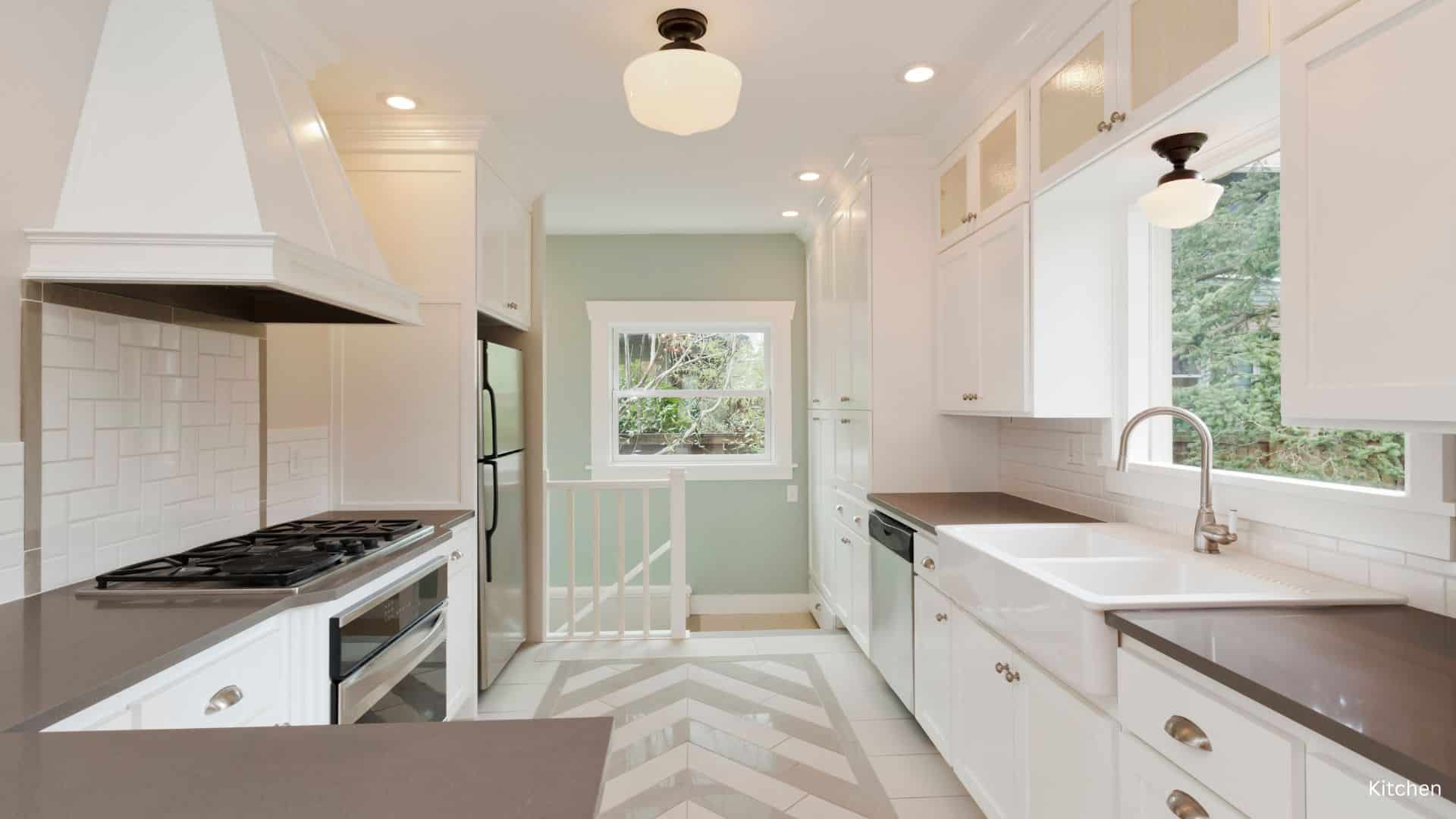
Understanding how often to remodel a kitchen largely depends on individual needs, budget, and lifestyle changes. A well-planned remodel can not only enhance your kitchen’s functionality but also increase your home’s value. The 10-15 year mark is a good rule of thumb, but always consider the condition of your kitchen, your budget, and how your needs have evolved.
Related posts:
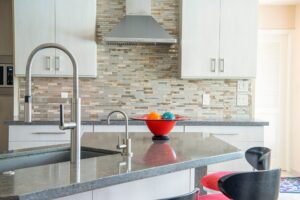 How To Install An Undermount Kitchen Sink?
How To Install An Undermount Kitchen Sink?
 Affordable Kitchen and Bath Remodeling: Tips and Tricks for a Budget-Friendly Renovation
Affordable Kitchen and Bath Remodeling: Tips and Tricks for a Budget-Friendly Renovation
 How Much Does a Galley Kitchen Remodel Cost?
How Much Does a Galley Kitchen Remodel Cost?
 Average Cost of Small Kitchen Remodel: What to Expect
Average Cost of Small Kitchen Remodel: What to Expect
 How Much Will a Kitchen Remodel Increase Home Value? Understanding the Return on Investment
How Much Will a Kitchen Remodel Increase Home Value? Understanding the Return on Investment
